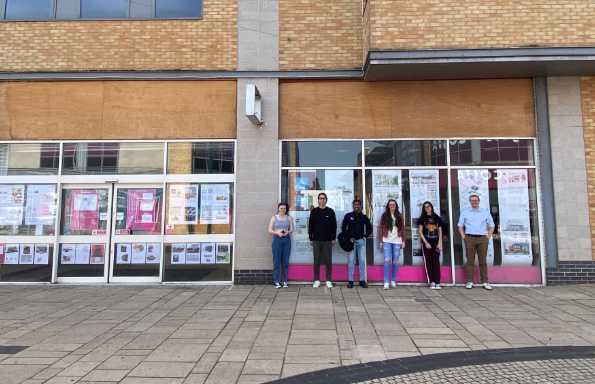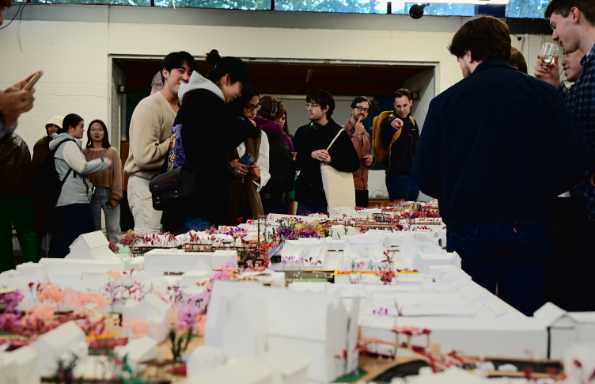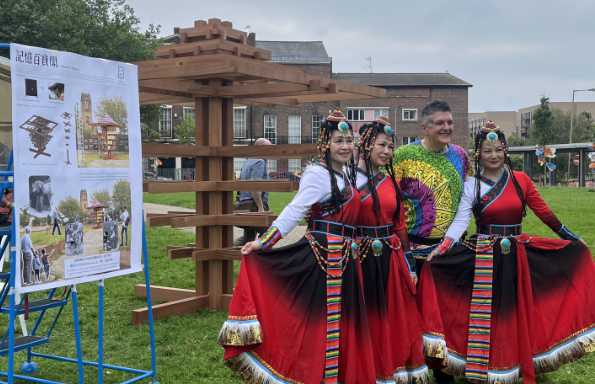Community Design Cluster (CDC)
"We are concerned with changing the architect’s role. We envision a change from the architect representing the rich patron to the architect representing the poor, representing them as individuals and as an interest group." Architects’ Renewal Committee in Harlem, 1968. The Architect Renewal Committee in Harlem, New York, was the first formally established community design centre in the world. Founded in 1964, the group came together to fight against proposals for a new freeway in northern Manhattan, later providing a range of services, from design and technical support to training and information.1

Community design emerged in the context of the civil rights and women's liberation movements of 50s & 60s, to provide technical and design advice to communities and individuals who could otherwise not afford it. It sees planning not as a technical or bureaucratic issue but as a political one, advocating for those excluded from the design process. Rooted in Paul Davidoff's concept of 'advocacy planning'2, community design promotes change to the built environment from the neighbourhood to the regional scale, and aims to meet community needs through participatory decision-making at all levels.
Following the values of the Association for Community Design3, the Community Design Cluster (CDC) has put together faculties, students and practitioners in the area to work on community-based design and planning. We foster a collaborative interdisciplinary and intergenerational community/university partnership approach that serves the people of Liverpool, the Merseyside region and beyond in researching and designing for a fairer built environment.
Justice
Buildings, streets, open spaces, cities, and systems must be designed to welcome, protect, and work for all members of a community, regardless of race, ethnicity, gender, sexuality, religion, or place of birth. Design must ensure community self-determination and control at every step of the process.
Accountability
Acknowledging that designers have a role in addressing injustice, we hold ourselves and our allied professions responsible for transforming design practice. We reflect on our systems, internal and institutional, and we change those that don't work for justice.
Radical Partnerships
Our collaborations are rooted in supportive and non-competitive unions.
Diversity
We believe the most relevant and responsive solutions are a result of inter-generational and interdisciplinary team collaboration that holds life experience as equal to academic and professional knowledge.
Contact Information
If you think that we can help you, please contact Dr Paco Mejias Villatoro
1. Spatial Agency, Community Design Centers.
2. Paul Davidoff, 'Advocacy and pluralism in planning', Journal of the American Planning Association, 31 (1965), 331-338.
3. Association for Community Design. Mission, Vision, and Values.



